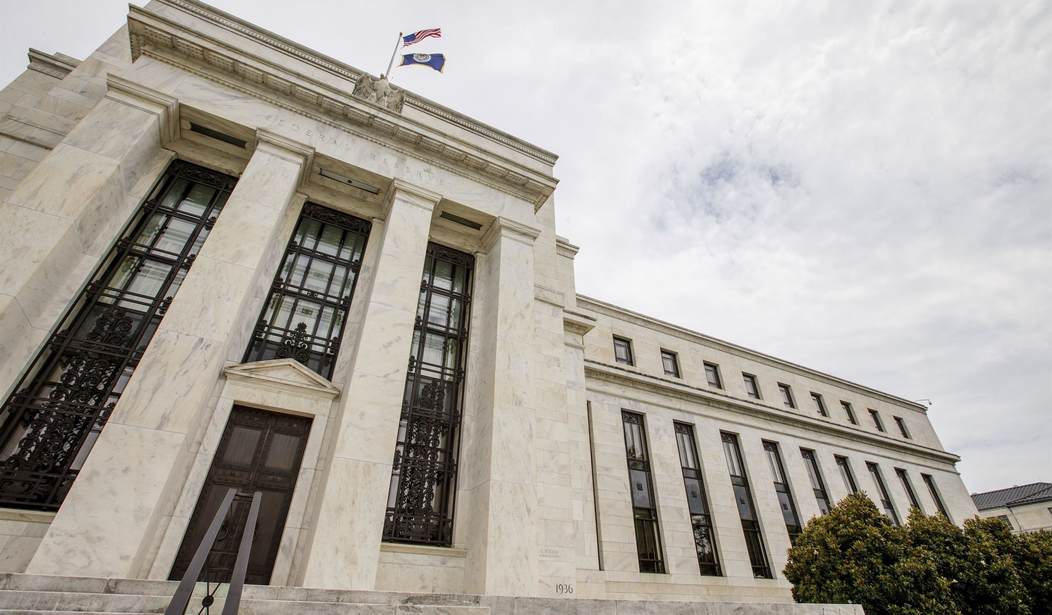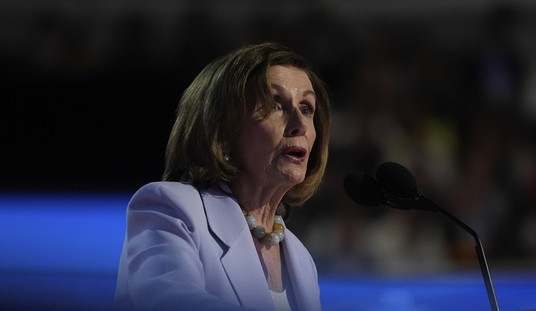What happens when there's slow economic growth and high inflation? Economists call that "stagflation," and given the slowing growth in the first quarter of 2024 and the higher inflation in February and March, we may be reliving that ghastly economic phenomenon.
The new GDP numbers surprised most economists who had predicted higher growth than the rather anemic 1.6% growth the Commerce Department posted for the first quarter. Coupled with a much larger-than-expected 3.4% inflation rate for the quarter (compared to 1.8% in the final quarter of 2023), it appears that the Federal Reserve's efforts to tame inflation have stalled.
Some analysts were still Pollyannish in their analysis.
“It would suggest some moderation in growth but still a solid economy,” said Michael Gapen, chief U.S. economist for Bank of America.
In the real world, flashing red lights and sirens are going off.
“It increases the chances of a harder landing,” said Constance L. Hunter, an economist at MacroPolicy Perspectives, a forecasting firm. “The inflation data was the surprise.”
That "harder landing" suggests a possible recession toward the end of the year. It's not at all certain. Slow growth is still growth, and it would take several months of slowing indicators before serious consideration should be given to the possibility of a recession.
But that possibility is the stuff of nightmares for the Biden campaign.
“Sentiment is not that strong — people don’t see the economy as in good shape — but personally they’re going out and spending,” said Brian Rose, senior economist at UBS. “They’re seeming to sort of defy gravity.”
There it is again. The Biden campaign has advanced the theory that the economy is the best in the world, but the American people are too stupid to see it.
Yet when they’re not sketching swing voters as cartoon dopes, these “economic pessimism” pieces sooner or later blame the ordinary person for failing to appreciate his or her good fortune. Scripps months ago asked, “Is the economy the issue, or the problem with America’s perception?” In it, they noted that 78% of the country felt “the economy” was going in the wrong direction. “But is it?” the piece asked, stroking its rhetorical chin before adding: “After all, most Americans vote not on statistics, but based on how they feel.”
This is an update of the old coverage trope in which everyone from Occupy protesters to Tea Partiers are always described as having “passions,” while policymakers always have reasons. This new thing is about redefining “the economy” as a solved issue, but for the hurt feelings of conspiratorial holdouts. CNN last summer sighed about economic perceptions that “much of the stagnation comes from dug-in partisans,” in a piece about Americans who erroneously “think the economy is getting worse.”
The 3.4% annual inflation rate is actually 3.7% if you take out food and fuel increases. That leaves the Federal Reserve in a huge bind. It had signaled to investors that there would be a series of rate cuts this year beginning in March. But with inflation still a problem, it's possible that the Fed might actually have to raise rates.
The latest data leaves the Fed in “monetary policy purgatory,” said Diane Swonk, chief economist at KPMG. The interest rate cuts that investors once expected early this year will now wait at least until fall, she said, and it is increasingly plausible that policymakers will decide to raise rates further.
“The heat’s not acceptable for the Fed,” Ms. Swonk said. “It is a huge shift because all of a sudden ‘higher for longer’ could mean another hike.”
All in all, it's a tepid report for Biden with plenty of warning signs of trouble ahead.










Join the conversation as a VIP Member